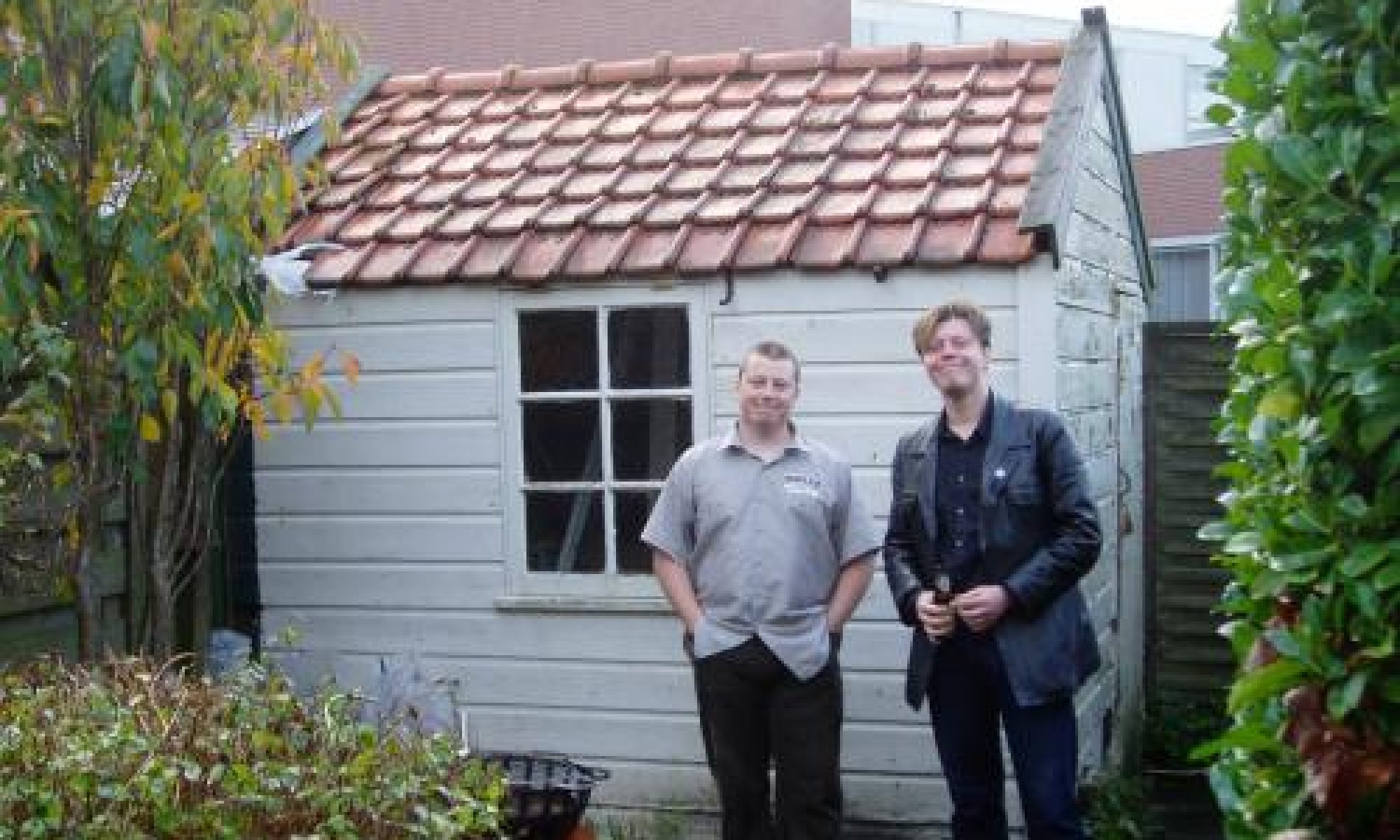It’s not everyday you can review the soundtrack album to a 1970 Czech New Wave film that recounts the dreams and hallucinations of a teenage girl as she experiences her first period and it’s not an opportunity I’m going to pass up now.
It’s not everyday you can review the soundtrack album to a 1970 Czech New Wave film that recounts the dreams and hallucinations of a teenage girl as she experiences her first period and it’s not an opportunity I’m going to pass up now.
Valerie and her Week of Wonders – Lubos Fiser (Finders Keepers)
It’s not everyday you can review the soundtrack album to a 1970 Czech New Wave film that recounts the dreams and hallucinations of a teenage girl as she experiences her first period and it’s not an opportunity I’m going to pass up now. The film, based on a surrealist novel from 1935, features female vampires and witches who knows what else. But as soundtracks go this is very different from that other great vampyric soundtrack, Vampyros Lesbos. The latter, if memory recalls, was a fun slab of seventies kitsch; Valerie and Her Week of Wonders offers something slightly more substantial, if no less fun. It does, after all, feature a howling wolf on the first track.
The Magic Yard opens with the sound of Valerie’s magic earrings (used to transport her out of danger whenever required) and moves swiftly into a pastoral, if ever so slightly baroque, melody. And then we have harpsichords and a children’s choir. And then the lullaby that dominates the album appears. And then all goes quiet. A wolf howls. Ominous drums roll. And then the lullaby returns. Then more drum rolls. The harpsichord plays the lullaby. The magic earrings return, and then the choir returns and then… It goes on.
Talk With Grandmother opens with a jaunty folk reel played on violin before swiftly mutating into the chiming of a music box. It’s beautiful and haunting until a marching band tramples all over it. This might make the soundtrack sound a bit messy – perhaps it is. It’s a minor miracle that we have it all – as the soundtrack was never released it took ten years for the label to track down the original studio recordings. What we have is a labour of love and one we should be thankful for.
Elsewhere on the soundtrack we hear nuns singing, the sound of whips being cracked, church organs being played as though by the phantom of the opera, church bells, abstract and ominous soundscapes, children praying, sinister waltzes, Tom Waits style percussive pieces, sinister monks, jaunty carnival tunes and martial male choirs. And if that combination doesn’t wet your whistle I don’t know what will.
At the centre of everything is the lullaby that reminds me of the love theme to A Princess Bride. It’s simple and haunting and is the hook around which everything else hangs. And what a lot we have – the gothic and the psychedelic, the folksongs and the waltzes mixed with drones and abstract noise. And then all the religious flummery that always sounds good on soundtracks. There’s loads of information on the film, and the composer Lubos Fiser, in the CD booklet too. So why aren’t you listening?
Words: Chris Dawson
